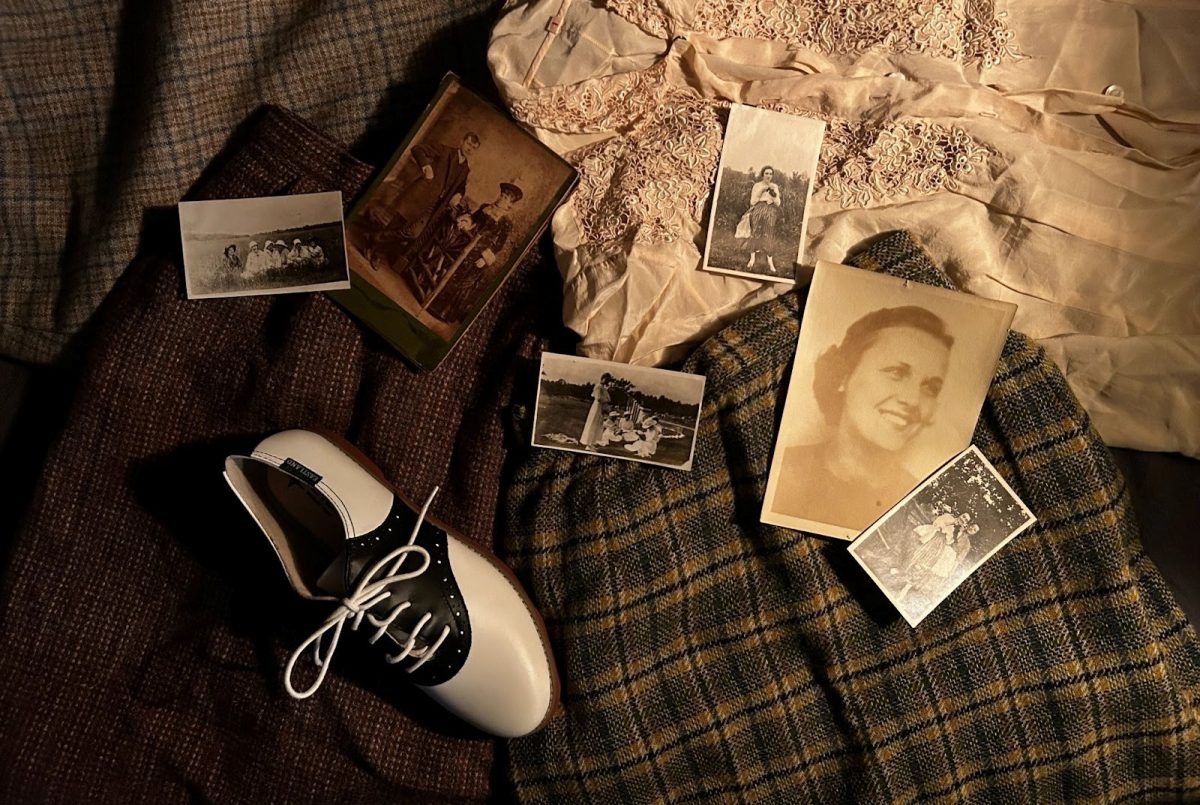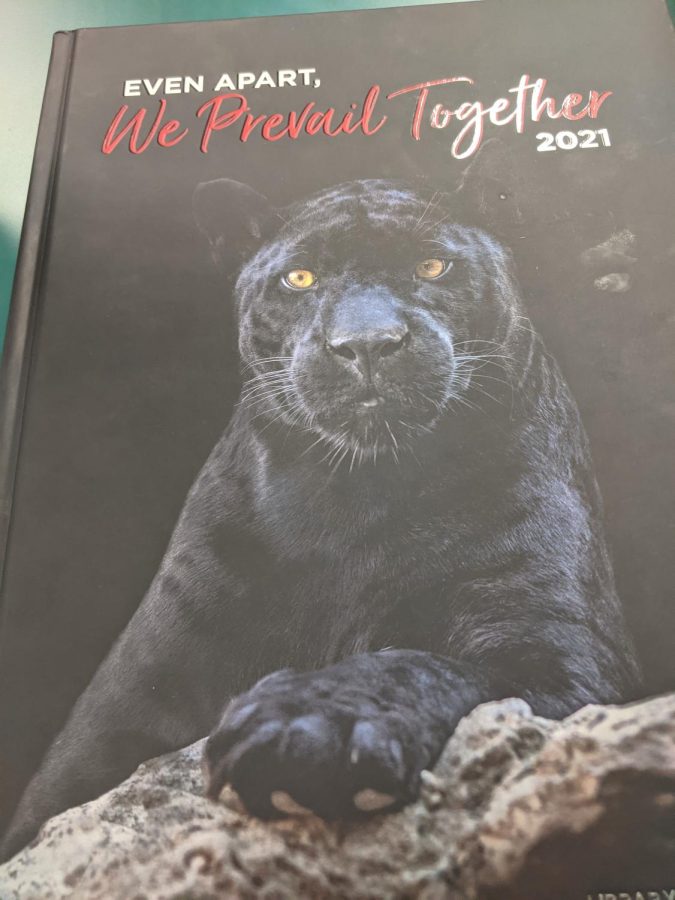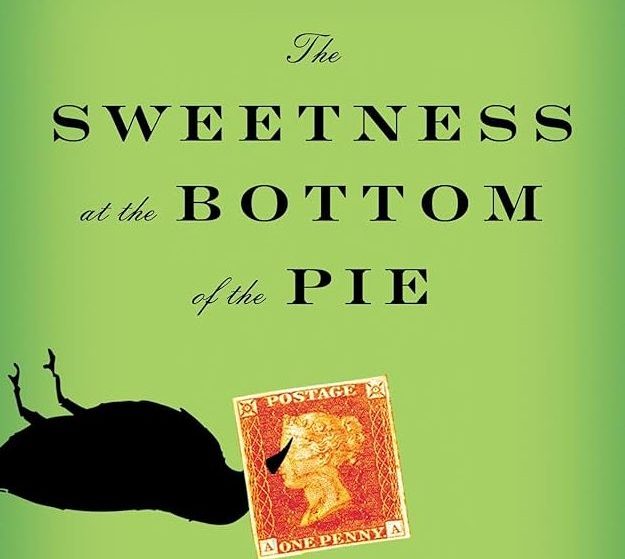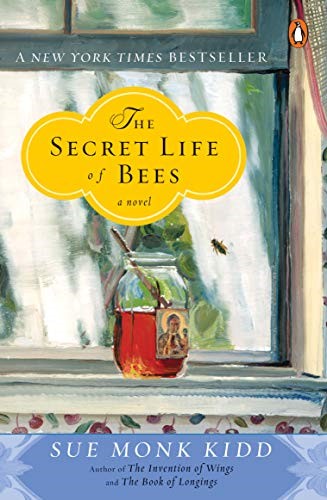To be Beautiful, You Must Be in Agony: a Woman’s Suffering Glamourized
The Lisbon sisters.
June 5, 2023
For centuries, a woman’s suffering has been synonymous to her beauty. At the turn of the 1st millennium in China during the Song Dynasty, women were expected to bind their feet as a symbol of elegance and status, despite the long term deformities this practice induced. In the Victorian era of the 1800s, to brighten the eyes and to lighten the complexion, women consumed poisonous wafers composed of arsenic, later discovered to destroy red blood cells. However, the age of technology and its reinforcement of aesthetics and fixation on beauty, introduces a new concept: the romanticism of a woman’s emotional suffering, manifested through images. While this glamourization of a woman’s agony has always been present, the development of media facilitates a widespread movement of glorification, to the extent that certain idealized aesthetics are rooted in this pain. Before continuing, it is necessary to warn the mention of suicide for the reader.
In a world where the concept of adopting an aesthetic (a set of principles that together create a particular beauty) for oneself to live by is not just common but encouraged by social media, many individuals pull inspiration from films and novels, including The Virgin Suicides. This tragic tale of the joint suicides of the five doomed Lisbon sisters, written by Jeffrey Eugenides and adapted into film by Sofia Coppola in 1999, has become a staple of the “coquette” aesthetic, though its parallels to feminist Spanish theater work La Casa de Bernarda Alba cannot be ignored. While the mothers in both stories imprison their daughters to protect them from the inevitable male gaze, The Virgin Suicides does it in such a destructive fashion that it can be romanticized, using the girls’ white dresses, pillow fights, and pink bedrooms to serve as a demeaning juxtaposition to their tragic lives leading to their suicides. This contrast, at minimum, erases their suffering, and at most, promotes it on a pedestal as a mental state girls should strive to achieve to please the male gaze. Lux Lisbon, the most desirable of the sisters according to the neighborhood boys, yearns to fill the ache in her heart from her isolation, and does so by chasing meaningless relationships with classmates that view her as a mere object of desire, going as far as watching her through her bedroom window using a telescope. Yet, despite her devastating solitude that leads to self-destructive behavior, secondary characters and viewers alike define her as the “It Girl” to glamourize, regardless of her personal agency and challenges. Coppola’s aesthetic choices for Lux and the other Lisbon sisters may be to promote the paradox that even in turmoil, the girls are tragically beautiful, but this paradox is glorified by the public, and female suffering is portrayed as desirable once more. To be beautiful, you must be in agony.
This abhorrent phenomenon occurs in Guiseppe Tornatore’s 2000 film Malèna, the story of a young woman who suffers at the hands of sexualization from the men and the envy of the women in her Sicilian town. Despite her personal struggles, including the death of her husband and a financial crisis that leads her into a life of prostitution and public humiliation, Malèna remains solely a sex object for the residents and the viewer. In a touching scene where Malèna dances with the photograph of her husband who is sent to war, rather than centralizing the raw emotion and humanity present, the camera focuses solely on her body and the sheer dress she wears. Even her voice barely reaches over a whisper throughout the entire film, embodying the detrimental stereotype of the docile, submissive woman. Renato, the 13-year-old boy who is supposedly the only person in the town who sees her as human, continues to objectify her in his dream sequences, allowing the viewer to infer that his compulsive fetish and perverse infatuation for the suffering Malèna is acceptable and considered a form of pure love. Tornatore illustrates her tragedies as something sexy to be glorified, and the public savagely jumps at the opportunity to sexualize a woman’s sorrows once more, declaring it an aesthetic. While this film belongs to a period decades ago, its controversy gains relevance again due to influencer Cindy Kimberly’s recent advertisement for her clothing line. The commercial’s indistinguishability from Malèna, whether that be through fashion or through the voyeuristic angle of the camera, dilutes Malèna’s suffering to a mere marketing ploy— appalling, but not the first occasion.
However, this aestheticization of a woman is not exclusive to fictional films. Songwriter and performer Lana Del Rey’s notoriously cataclysmic verses touching upon subjects of domestic violence and toxic societal standards have evolved into a mere aesthetic for her audience— an aesthetic that promotes and glamorizes substance abuse, disordered eating, and power imbalances in relationships. Songs like A&W about the hyper-sexualization of women can be watered down to a Pinterest board of “soft grunge” outfits and frail girls made of glass smoking cigarettes. Works of art unveiling the struggles of womanhood are stripped from their purpose and forcefully morphed into the very devil they sought to undress.
A pre-eminent theme manifests itself in each of these examples, among many others: we glorify a woman’s suffering, for at the height of her anguish, she is the epitome of desire. It’s important to note that when Malèna returns to her Sicilian village with additional wrinkles and pounds at the end of the film, the women of the town embrace her rather than publicly humiliate her— a woman’s worth lies in her sexual allure, and her struggles are fetishized. But while the images of the Lisbon sisters in white dresses, the scene of Malèna depicted as the mourning Virgin Mary, and the melancholic shots of Lana Del Rey in her music videos may be aesthetically pleasing, they portray pain as a divinely feminine state that women should strive to achieve to be irresistibly and ambiguously alluring, thus devaluing her struggles and rendering them a frivolous byproduct of beauty. By amplifying the voices of women and depicting their tragedies in their own perspective rather than using aesthetics or voyeurism as in The Virgin Suicides and Malèna, fetishization of female trauma can be limited and awareness can be spread. But, to do so, we must surrender our aesthetic Pinterest boards.





























